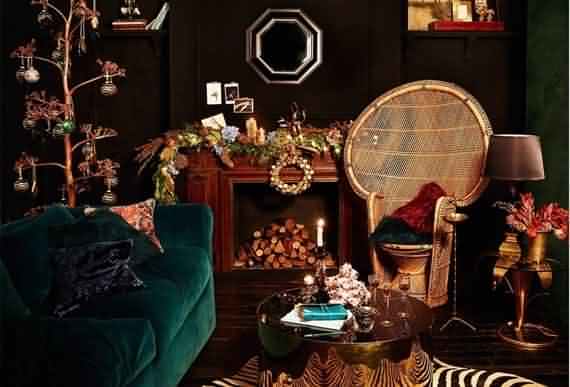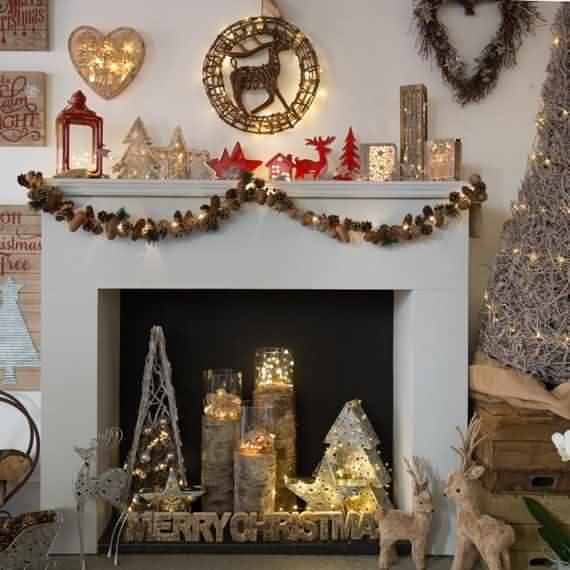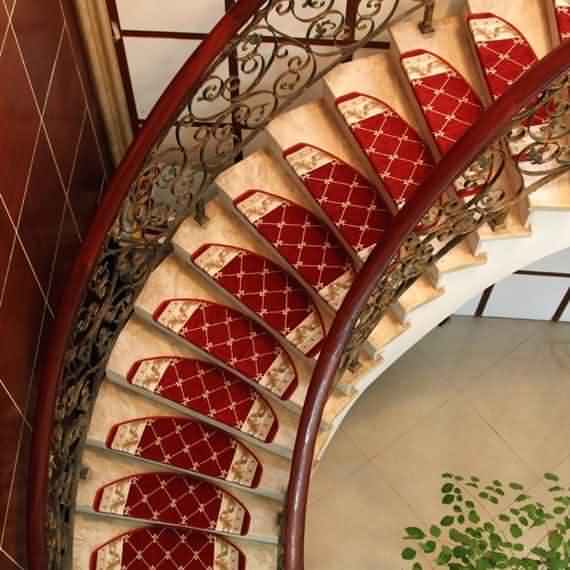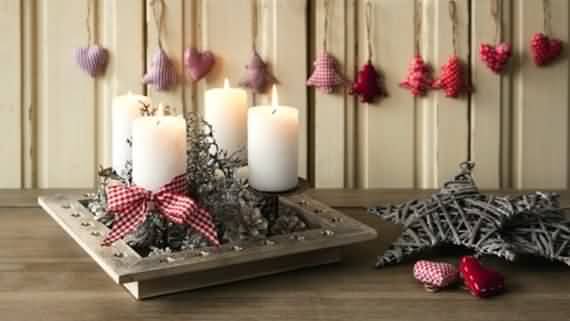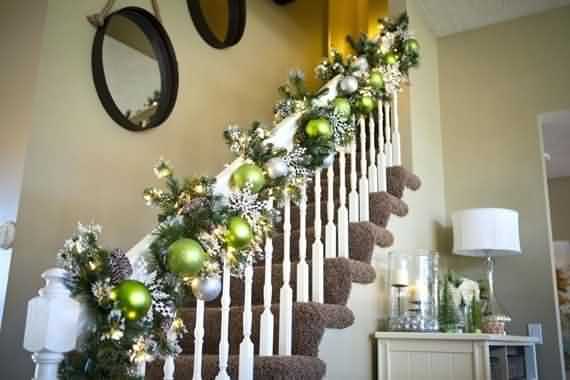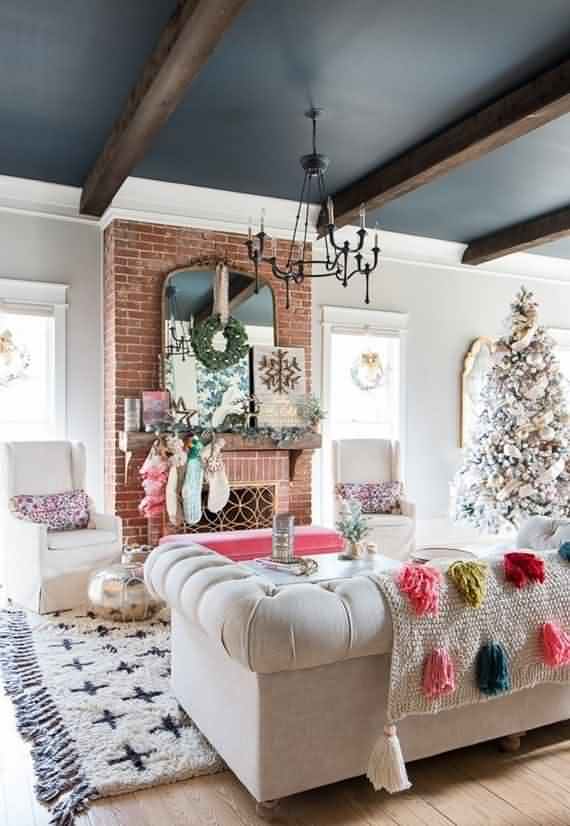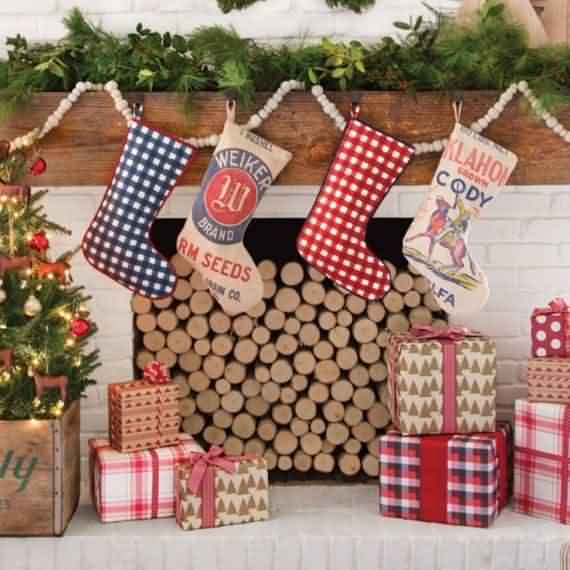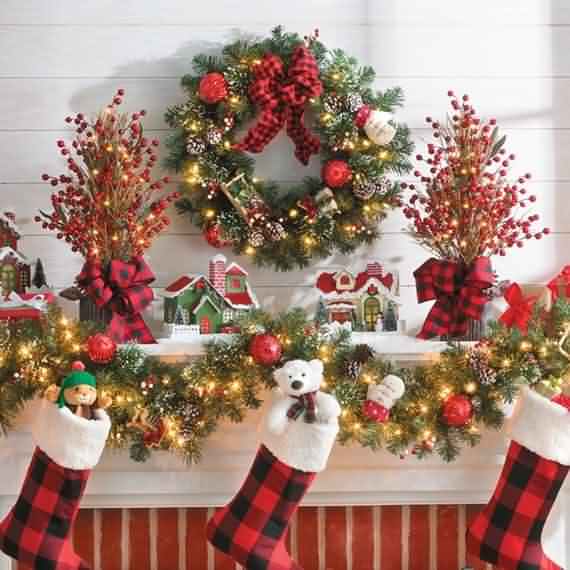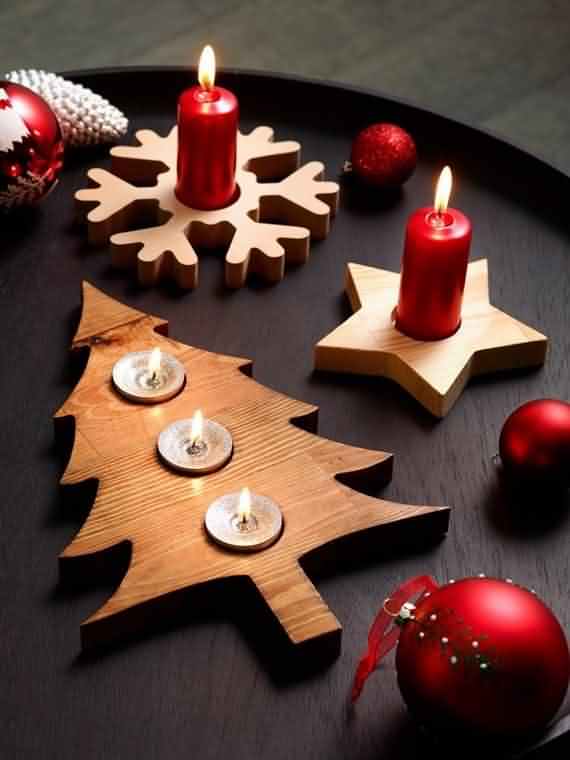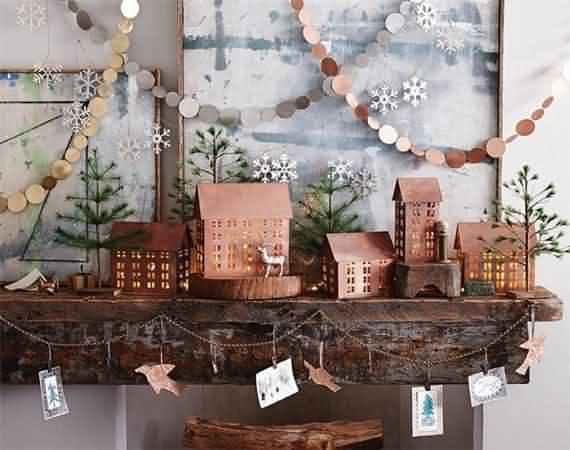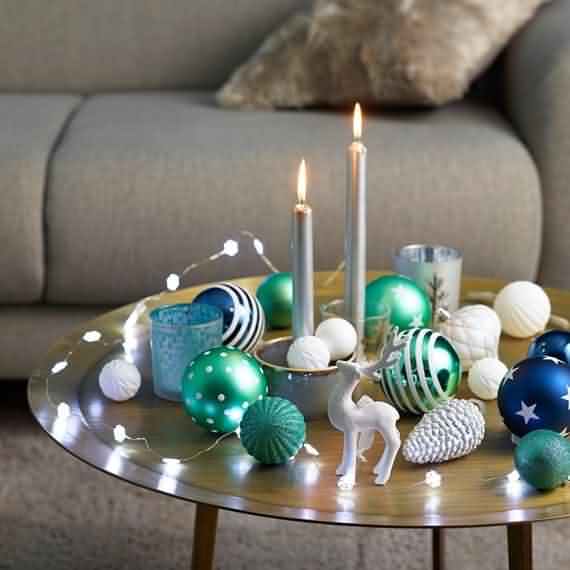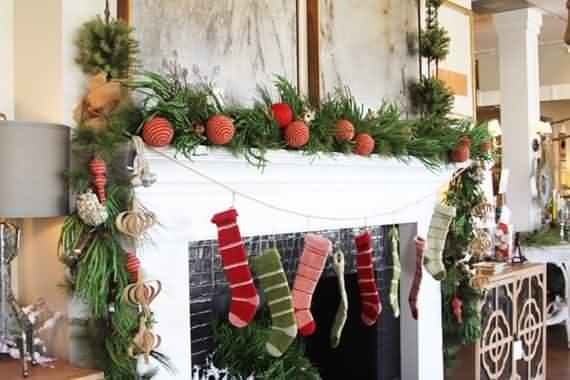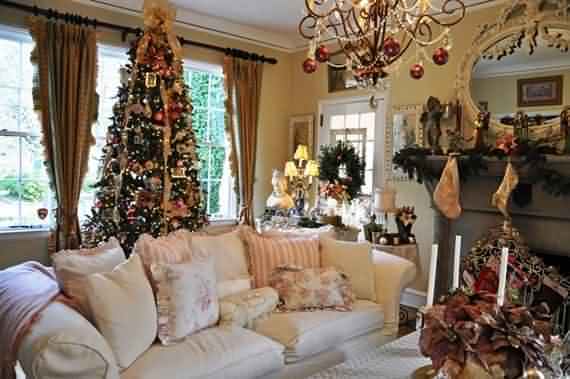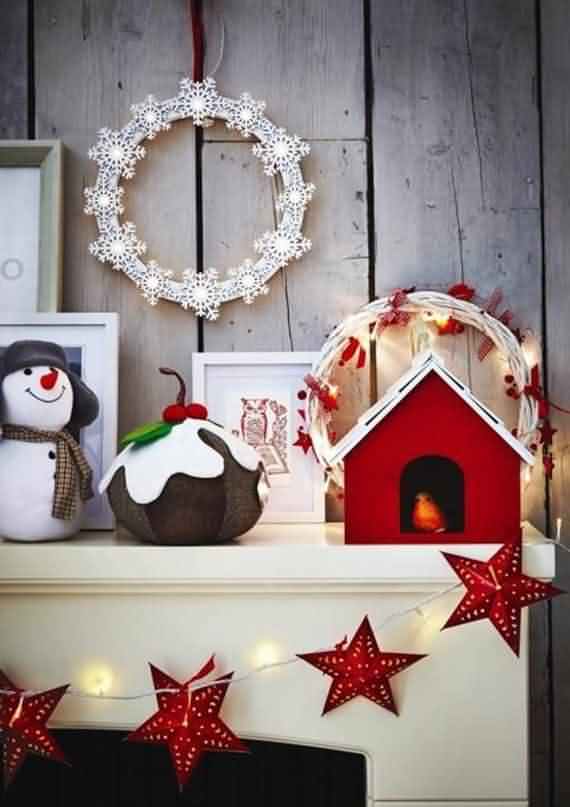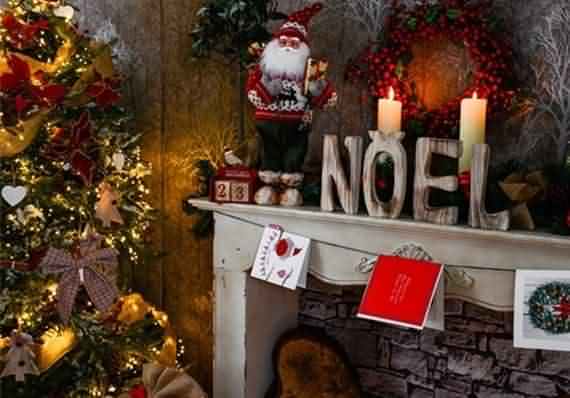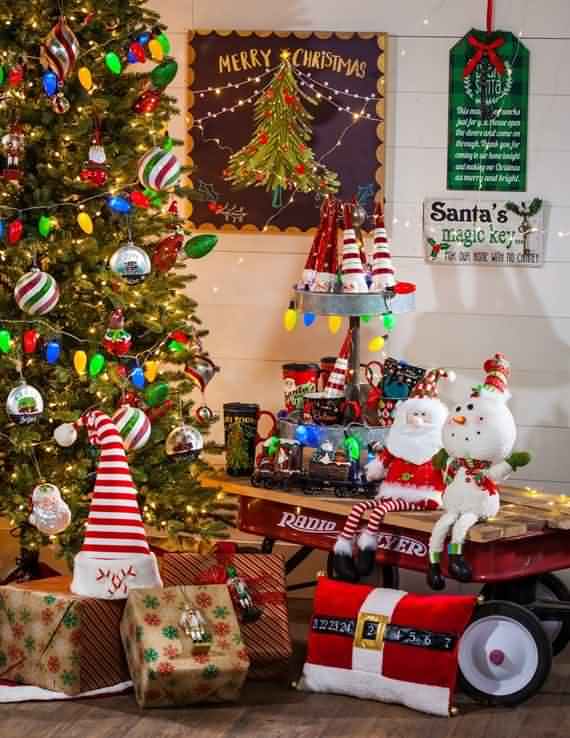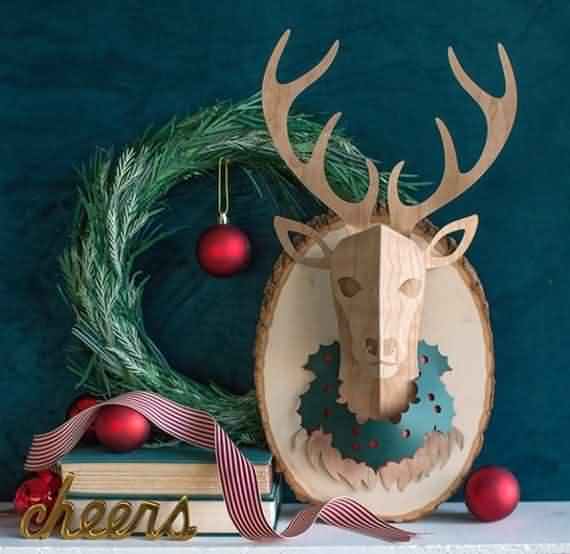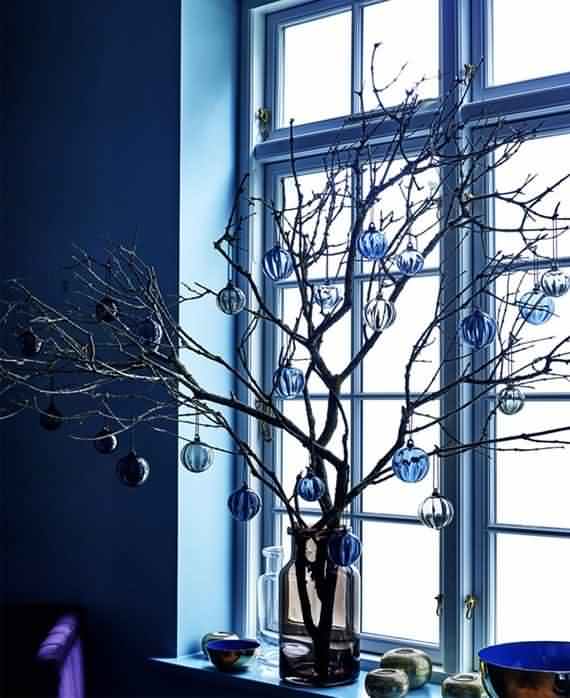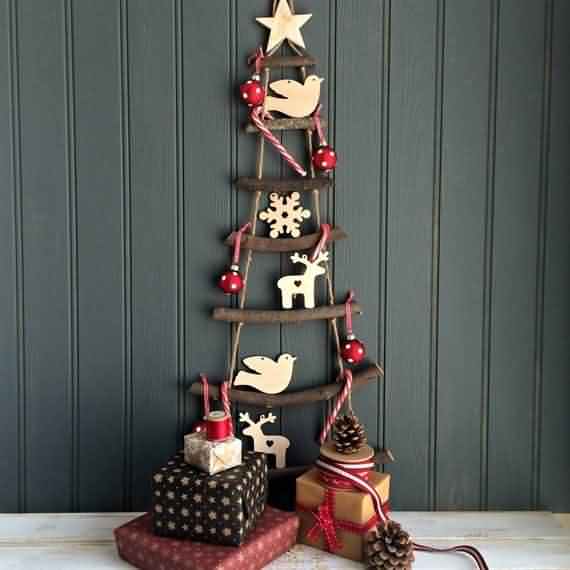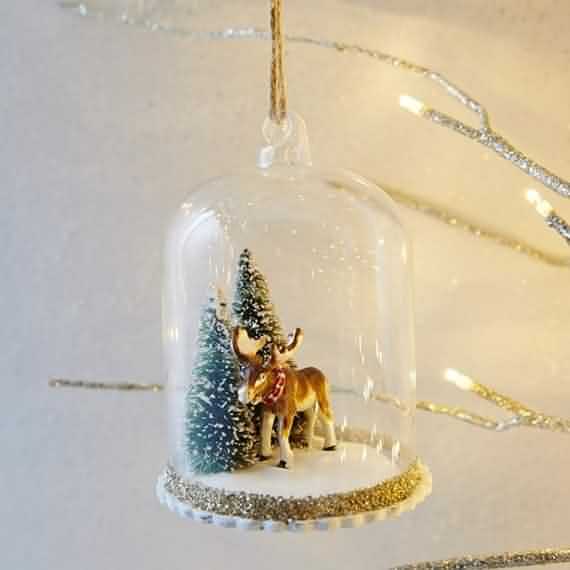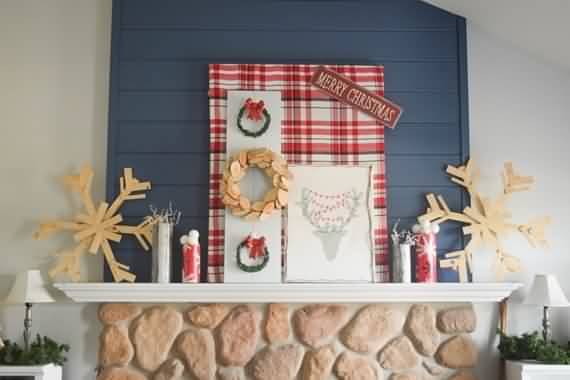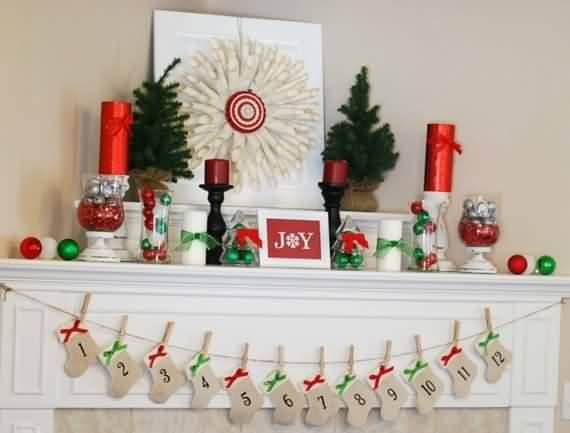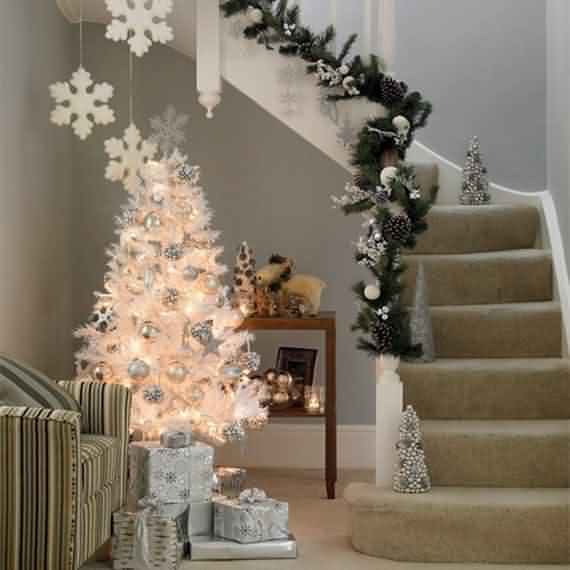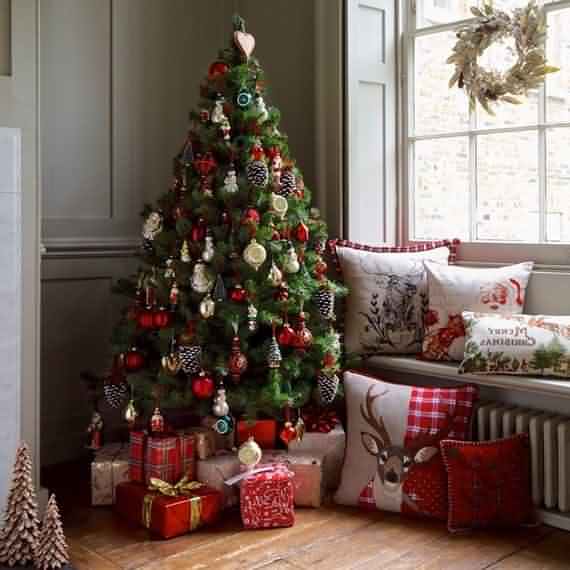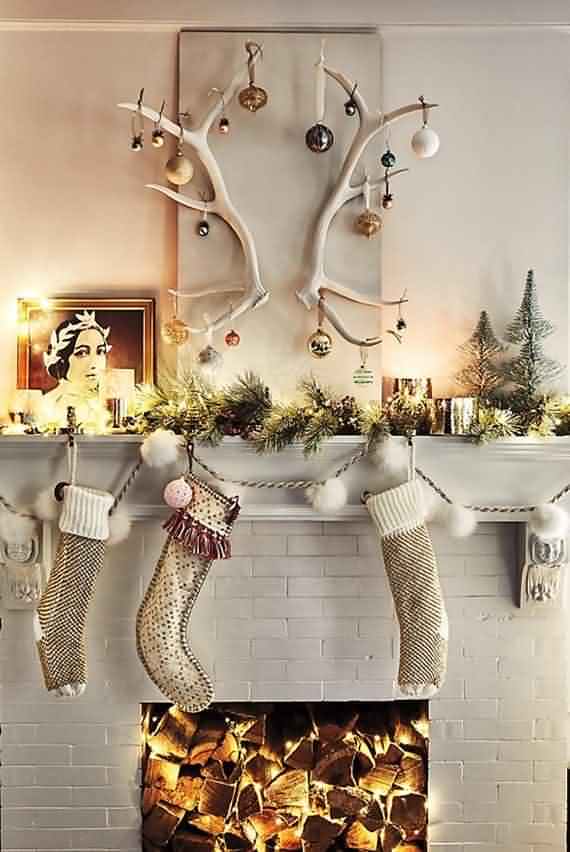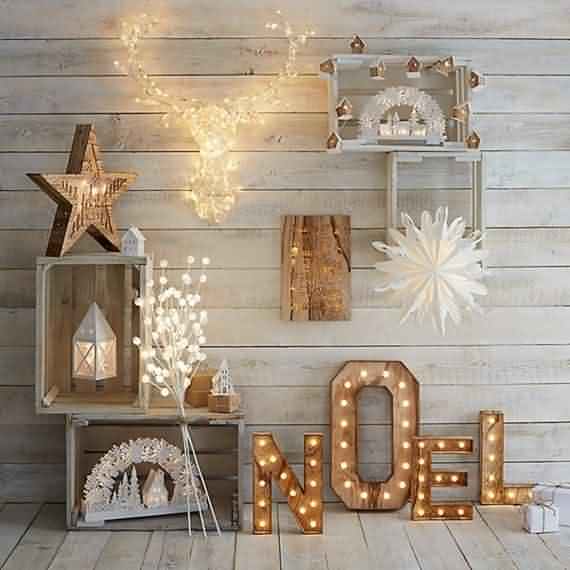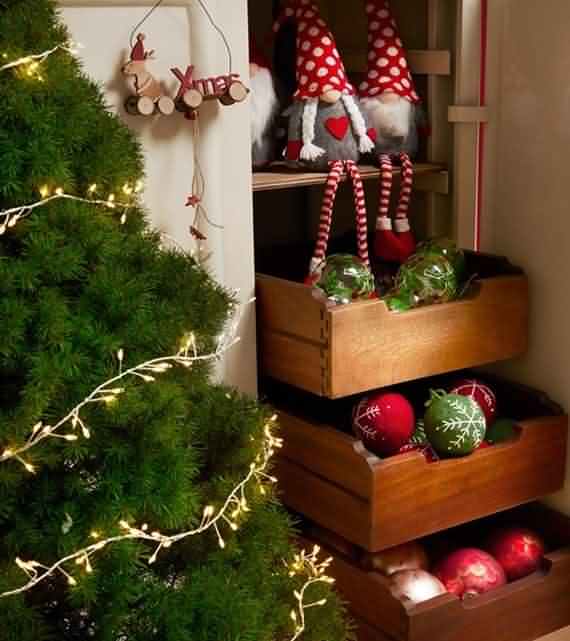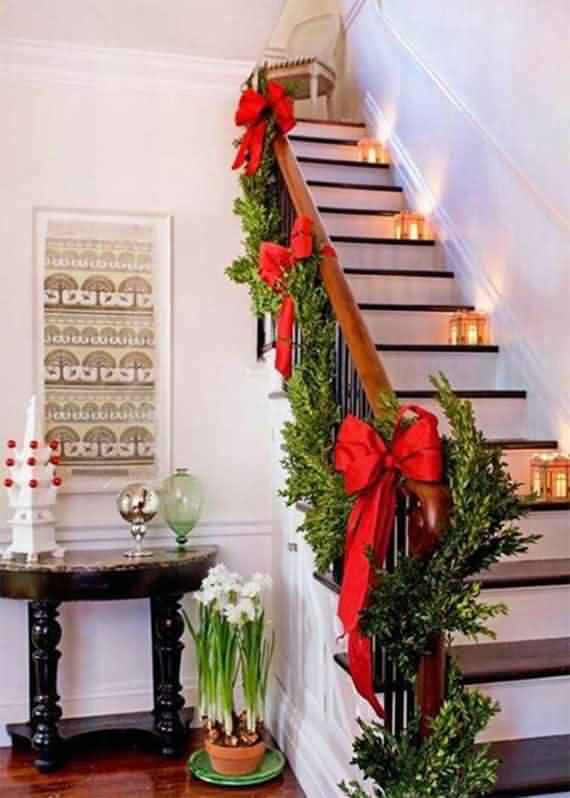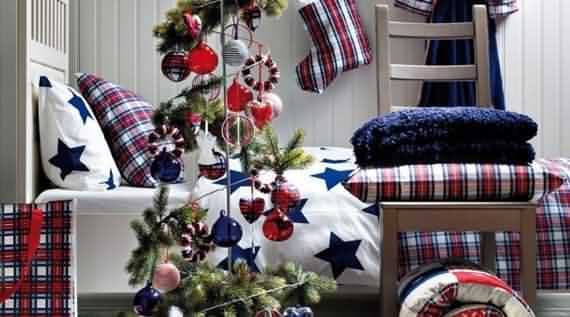Christmas Decor Trends Part 2 2025 Part 2: Next-Level Holiday Design
The first time I saw a Scandinavian Christmas market, I understood that holiday magic speaks different languages. Standing in a Stockholm square surrounded by minimalist wreaths and warm glowing lights, I realized American Christmas traditions were just one dialect in a global conversation about winter celebration.
That experience transformed how I approach Christmas design trends and continues to influence my work with international clients and brands.
In Part 1, we explored the foundational shifts in sustainability, technology, nostalgia, and personal expression. Now, we dive deeper into the holiday style ideas that represent the cutting edge of 2025 decoration.
These 2025 decor innovations push beyond conventional boundaries to create truly transformative holiday experiences.
The 2025 Advanced Mindset: Holistic Celebration
This year’s forward-thinking trends embrace a comprehensive approach to holiday design:
- Global Consciousness: Drawing inspiration from worldwide traditions
- Experiential Focus: Creating moments rather than just displays
- Adaptive Design: Spaces that evolve throughout the season
- Wellness Integration: Decor that supports mental and physical health
- Community Connection: Designs that reach beyond our front doors
Trend 5: Global Fusion & Cultural Celebration
The most exciting holiday style ideas for 2025 draw from diverse cultural traditions, creating rich, meaningful displays that honor global holiday heritage.
The Philosophy:
“We’re moving beyond token multicultural elements to genuine cultural appreciation,” explains cultural design expert Anika Patel, whose work I’ve admired for years. This trend respects traditions while creating beautiful fusions.
Key Inspirations:
Scandinavian Minimalism:
The Nordic concept of “hygge” influences cozy Christmas designs with natural materials, simple forms, and warm lighting. Think unfinished wood, wool textiles, and candlelit spaces that prioritize comfort and connection.
Mexican Festive Spirit:
Bright colors, intricate patterns, and handmade crafts bring joyful energy. Incorporate papel picado banners, terra cotta ornaments, and vibrant textiles for celebration-focused displays.
Japanese Winter Aesthetics:
Wabi-sabi principles embrace imperfect beauty with asymmetric arrangements, natural materials, and serene color palettes. This approach creates calming holiday spaces amid seasonal chaos.
Implementation Guidelines:
- Research traditions before incorporating them
- Support authentic artisans from represented cultures
- Create thoughtful combinations rather than random mixing
- Focus on meaningful elements rather than stereotypes
Trend 6: Experiential & Transformative Spaces
Experiential Christmas decor represents the most significant innovation in how we
think about holiday spaces, turning static displays into evolving experiences.
The Philosophy:
“Great holiday design should create memories, not just backdrop them,” says experiential designer Marcus Thorne, whose installations consistently redefine possibilities.
Key Applications:
Progressive Displays:
Create decorations that change throughout December. An Advent calendar that builds into a larger scene, or a Santa’s journey that moves around your home, creates ongoing engagement for children and adults.
Multi-Sensory Environments:
Combine scent, sound, and texture with visual elements. Hidden speakers playing subtle holiday sounds, scent diffusers with seasonal fragrances, and varied textures create immersive experiences that go beyond visual decoration.
Interactive Installations:
Incorporate elements guests can manipulate—ornaments that chime when touched, personalized video message from Santa AI stations, or collaborative art projects that grow throughout the season.
Implementation Strategy:
- Plan one major experiential element rather than multiple small ones
- Consider flow and movement through spaces
- Balance interactive and contemplative areas
- Test experiences from both child and adult perspectives
Trend 7: Adaptive & Modular Design
2025 decor innovations include flexible systems that evolve with your needs throughout the holiday season.
The Philosophy:
“Our homes should work for us, not the other way around,” notes modular design specialist Chloe Bennett, whose adaptable systems I’ve featured in luxury projects.
Key Systems:
Convertible Centerpieces:
Design elements that transform from Thanksgiving through New Year’s. A natural base arrangement can be modified with seasonal accents rather than completely replaced.
Modular Lighting:
Smart home Christmas light sync systems with interchangeable elements that can be reconfigured for different events. Create intimate family lighting versus bright party settings with the same basic system.
Scalable Displays:
Decorations that work equally well in large homes and small apartments. Wall-mounted systems, vertical arrangements, and transformable pieces accommodate different living situations.
Implementation Approach:
- Invest in quality modular systems that last years
- Create a core collection that can be expanded annually
- Choose neutral base elements with seasonal accents
- Consider storage requirements for modular systems
Take a look at these Christmas Decor Trends collected images of Christmas Decor Trends Part 2 and enjoy it.
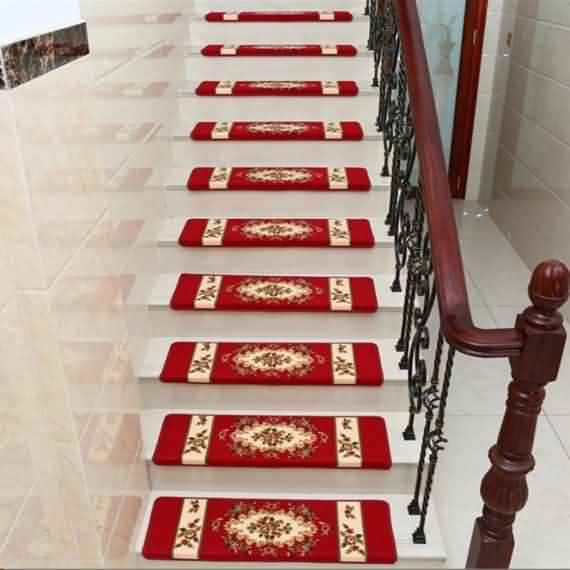
Trend 8: Wellness-Focused Holiday Spaces
Amid holiday stress, Christmas design trends increasingly prioritize mental and physical wellbeing through intentional design choices.
The Philosophy:
“Decor should reduce stress, not create it,” advises wellness designer Dr. Rebecca Stone, whose research informs this growing movement.
Key Elements:
Calm Color Palettes:
Soothing blues, gentle greens, and warm neutrals create peaceful environments. These colors reduce visual noise while maintaining holiday spirit.
Quiet Zones:
Designated areas free from stimulation where family members can retreat. These spaces feature minimal decor, comfortable seating, and soft lighting.
Nature Integration:
Biophilic design principles connect indoor spaces with natural world. Living plants, natural materials, and nature sounds support mental wellbeing.
Circadian Lighting:
Smart home Christmas light sync systems that adjust color temperature throughout the day, supporting natural sleep-wake cycles during disrupted holiday schedules.
Implementation Tips:
- Create at least one stimulation-free space
- Use natural elements extensively
- Program lighting for wellbeing as well as decoration
- Choose soothing sounds over constant holiday music
Material Innovations for 2025
New materials transform what’s possible in holiday style ideas:
Plant-Based Plastics:
Biodegradable alternatives to traditional plastic decorations offer durability without environmental impact. These work particularly well for outdoor displays.
Smart Textiles:
Fabrics with integrated lighting or color-changing properties create magical effects without additional wiring. These innovative materials work beautifully for Christmas table setting designs.
Advanced LED Technology:
Micro-LEDs and flexible lighting systems enable previously impossible designs. These energy-efficient options support both sustainability and creativity.
Implementation Consideration:
- Balance innovation with timeless elements
- Consider longevity before investing in new technologies
- Mix innovative materials with natural traditional ones
- Research disposal options for new materials
Outdoor Trend Applications
Experiential Christmas decor extends beyond interior spaces to transform entire properties:
Interactive Landscapes:
Create discovery moments throughout your yard with motion-activated elements, hidden displays, and sequential lighting that guides visitors through your space.
Community-Focused Displays:
Design outdoor decorations that engage your neighborhood. Interactive elements, visible from the street, create shared experiences that build community connections.
Wildlife-Inclusive Design:
Incorporate elements that support local birds and animals during winter months. Edible decorations and shelter opportunities combine beauty with ecological benefit.
Implementation Guidelines:
- Consider sightlines from multiple perspectives
- Ensure safety for visitors and wildlife
- Balance visibility with light pollution concerns
- Create displays that work in daylight and darkness
Budget-Conscious Innovation
These advanced 2025 decor innovations can be achieved at various price points:
DIY Experiential Elements:
- Create progressive displays using repurposed materials
- Design interactive elements with simple mechanics
- Use natural materials for sensory experiences
- Repurpose household items for modular systems
Strategic Investments:
- Choose one innovative system to expand annually
- Invest in quality lighting that can be reconfigured
- Select versatile pieces that work multiple ways
- Focus on elements with year-round potential
Conclusion: The Future is Flexible and Meaningful
The Christmas design trends of 2025 represent a fundamental shift from decoration as backdrop to decoration as experience. We’re creating spaces that adapt to our needs, honor global traditions, support our wellbeing, and create lasting memories through shared experiences.
That Stockholm Christmas market taught me that the most meaningful holiday spaces engage all our senses and connect us to something larger than ourselves. The holiday style ideas shaping 2025 embrace this understanding, creating celebrations that are both deeply personal and universally meaningful.
These trends, combined with those in Part 1, provide a comprehensive roadmap for creating holiday spaces that are sustainable, technologically integrated, personally meaningful, globally inspired, and experientially rich.
Frequently Asked Questions (FAQ)
Q1: How can I incorporate global traditions without cultural appropriation?
A: Respectful implementation requires thoughtful approach:
- Research thoroughly: Understand cultural significance
- Support artisans: Purchase from cultural representatives
- Avoid stereotypes: Focus on authentic elements
- Combine thoughtfully: Create meaningful fusions
- Credit inspiration: Acknowledge cultural sources
Q2: Are experiential decorations practical for busy families?
A: Strategic planning makes experiences manageable:
- Start simple: One interactive element rather than complex system
- Choose low-maintenance: Elements that don’t require daily attention
- Involve family: Distribute maintenance responsibilities
- Plan phases: Create calendar for when elements change
- Document results: Photos help recreate successful elements
Q3: What’s the best way to start with modular holiday design?
A: Building flexible systems begins strategically:
- Assess needs: Consider your typical holiday activities
- Start with storage: Plan how modules will be organized
- Choose versatile base: Neutral elements that work multiple ways
- Add gradually: Expand collection over several years
- Document systems: Photos help recreate successful arrangements
Q4: How can I create wellness-focused spaces during hectic holidays?
A: Small changes create significant impact:
- Designate quiet zones: Even in small spaces
- Use natural elements: Plants and materials reduce stress
- Control lighting: Programmable systems support rhythms
- Limit stimulation: Create decoration-free areas
- Prioritize comfort: Ensure seating and temperature support relaxation
Q5: Will these trends work in small living spaces?
A: Adaptive design principles benefit small spaces particularly:
- Vertical solutions: Use wall space creatively
- Multi-functional elements: Decor that serves practical purposes
- Modular systems: Reconfigure as needs change
- Strategic editing: Fewer, more meaningful pieces
- Lighting focus: Create ambiance without physical clutter
And don’t forget to take a look for Christmas decor trends part 1.
